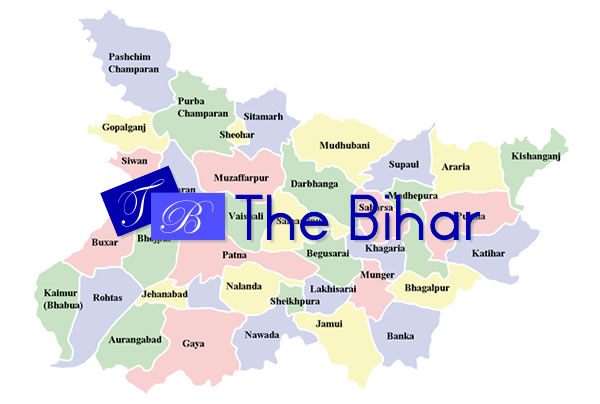Vaishali
3 min readVaishali District is a district in Bihar state, India. It is named after the Vaishali (ancient city). The history of Vaishali district is thus very ancient, and finds mention in the Indian classic Mahabharata, as well as in Buddhist and Jain tradition.
Ancient Vaishali
Vaishali derives its name from King Vishal of the Mahabharata age. Even before the advent of Buddhism and Jainism, Vaishali was the capital of the vibrant republican Licchavi state since before the birth of Mahavira (c. 599 BC), which suggests that it was perhaps the first republic in the world, similar to those later found in ancient Greece. In that period, Vaishali was an ancient metropolis and the capital city of the republic of the Vaishali state, which covered most of the Himalayan Gangetic region of present-day Bihar state, India. Very little is known about the early history of Vaishali. The Vishnu Purana records 34 kings of Vaishali, the first being Nabhaga, who is believed to have abdicated his throne over a matter of human rights and believed to have declared: “I am now a free tiller of the soil, king over my acre.” The last among the 34 was Sumati, who is considered a contemporary of Dasaratha, father of the Hindu god, Lord Rama.
Numerous references to Vaishali are found in texts pertaining to both Jainism and Buddhism, which have preserved much information on Vaishali and the other Maha Janapadas. Based on the information found in these texts, Vaishali was established as a republic by the 6th century BC, prior to the birth of Gautama Buddha in 563, making it the world’s first republic.
In the republic of Vaishali, Lord Mahavira was born. Gautama Buddha delivered his last sermon at Vaishali and announced his Parinirvana there. Vaishali is also renowned as the land of Ambapali (also spelled as Amrapali), the great Indian courtesan, who appears in many folktales, as well as in Buddhist literature. Ambapali became a disciple of Buddha.
A kilometre away is Abhishek Pushkarini, the coronation tank. The sacred waters of the tank anointed the elected representatives of Vaishali. Next to it stands the Japanese temple and the Vshwa Shanti Stupa (World Peace Pagoda) built by the Nipponzan Myohoji sect of Japan. A small part of the Buddha’s relics found in Vaishali have been enshrined in the foundation and in the chhatra of the Stupa. Near the coronation tank is Stupa 1 or the Relic Stupa. Here the Lichchavis reverentially encased on of the eight portions of the Master’s relics, which they received after the Mahaparinirvana. After his last discourse the Awakened One set out for Kushinagar, but the Licchavis kept following him. Buddha gave them his alms bowl but they still refused to return. The Master created an illusion of a river in spate which compelled them to go back. This site can be identified with Deora in modern Kesariya village, where Ashoka later built a stupa. Ananda, the favourite disciple of the Buddha, attained Nirvana in the midst of the Ganga outside Vaishali.
Present Vaishali
Vaishali district is a part of Tirhut division and Hajipur town is the district headquarters. The district of Vaishali came in to existence on 12/10/1972. Earlier it was the part of old Muzzafarpur district. The district covers an area of around 2036 km² and the population is around two million. Agriculture is the main activity and banana, paddy, wheat, maize , tobacco and lentils are the major crops.
Headquarters: Hajipur
Area: 2,036 km2
Sub Divisions: Hajipur, Mahnar, Mahua etc.
Blocks: Mahnar, Sahadai Buzurg, Vaishali, Bidupur, Goraul, Raghopur, Lalganj, Hazipur, Mahua, Jandaha, Patepur, Sahdeibuzurg, Razapakar, Bhagwanpur, Chehrakala, Premraj, Patedhi-Belshar, Desari, Taiyyopur Sarai, Manibhakurahar etc.
Agriculture: Banana, Paddy, Wheat, Maize, Lentils.
Industry: Sugar Factory
Rivers: Ganges and Gandak


